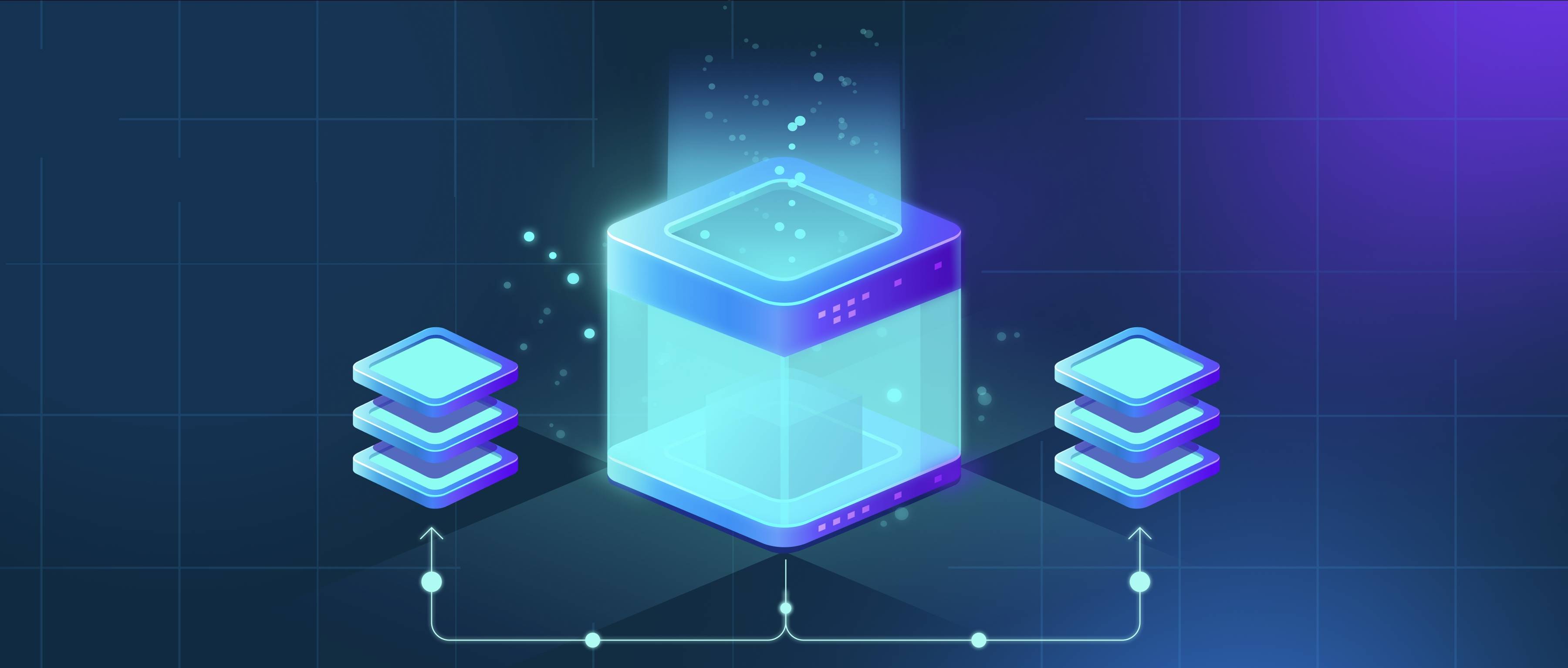Serverless architecture and containers are two approaches to deploying applications in the cloud, both aiming to simplify the development and deployment process. Serverless architecture allows developers to run code in response to events without managing the underlying infrastructure. This means that you only write the code and upload it, and the cloud provider handles everything else, scaling automatically in response to demand. In contrast, containers package applications and their dependencies together, allowing for consistent deployments across different environments. While containers require some management of infrastructure, they provide more flexibility in how and where applications run.
One of the main differences between the two is in how resources are allocated. In a serverless setup, you typically pay for the execution time of your code, which can make it very cost-efficient for workloads with unpredictable traffic patterns. For instance, if you have a web application that experiences spikes in usage, you only pay for the times your code is actually running. With containers, on the other hand, you often provision servers in advance, which can lead to underutilization if your traffic is variable. On the plus side, containers can be more suitable for applications that have consistent workloads, as they allow you to optimize resource usage by running multiple instances on the same server.
When it comes to use cases, serverless architecture is ideal for event-driven applications, such as APIs, data processing, or real-time file processing. For example, you might use AWS Lambda to trigger image resizing whenever a new image is uploaded to an S3 bucket. Containers are better suited for microservices architectures or applications that need to be run in different environments, like testing and production, without worrying about discrepancies. Leveraging Kubernetes, for example, allows you to orchestrate multiple containers that communicate with each other, providing fine-grained control over your applications. Ultimately, selecting between serverless and containers often depends on your specific application requirements and workload patterns.
